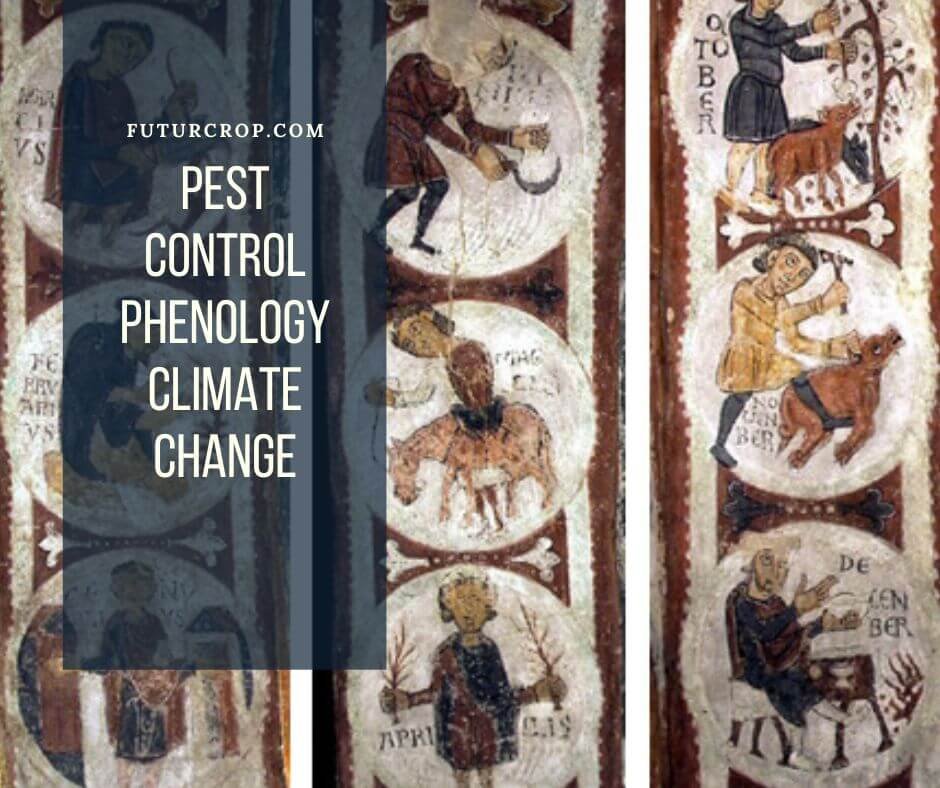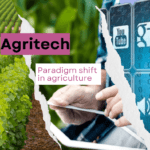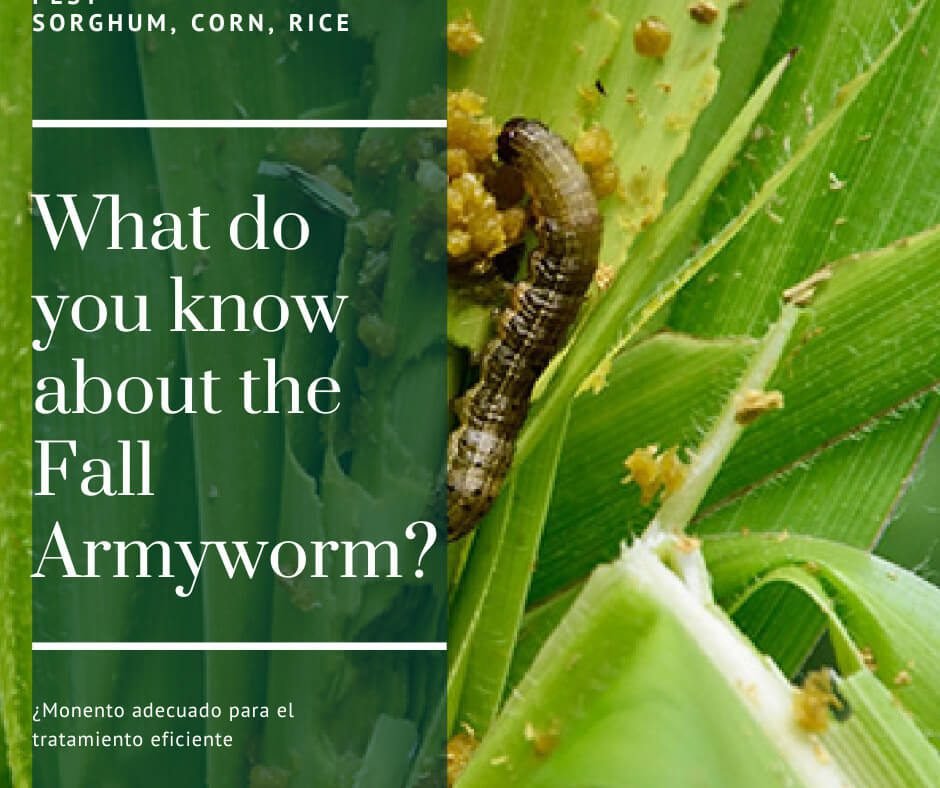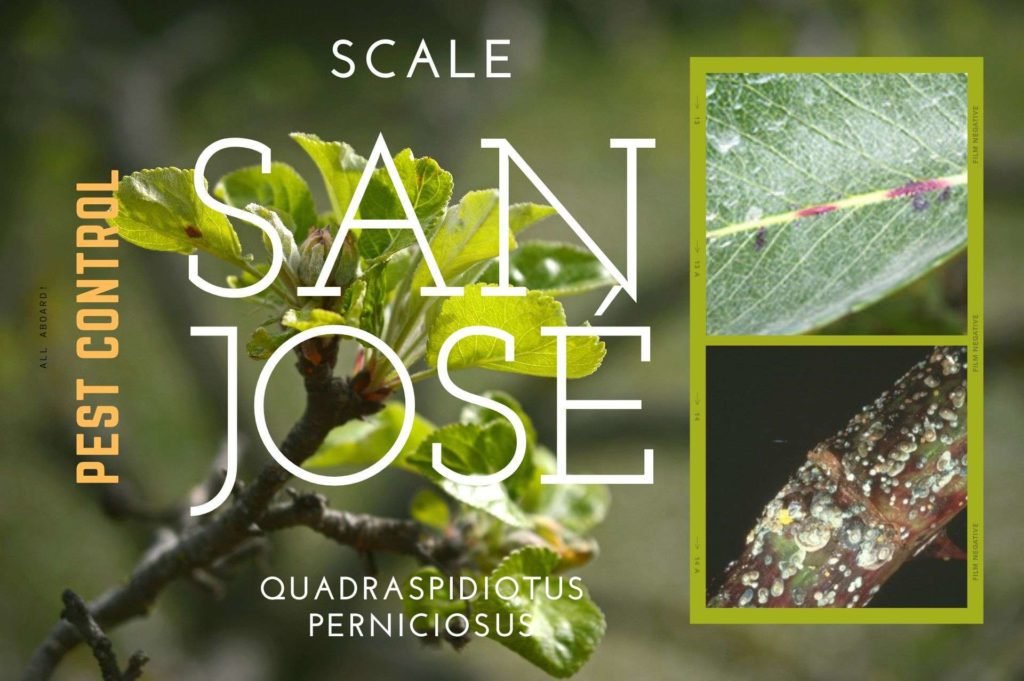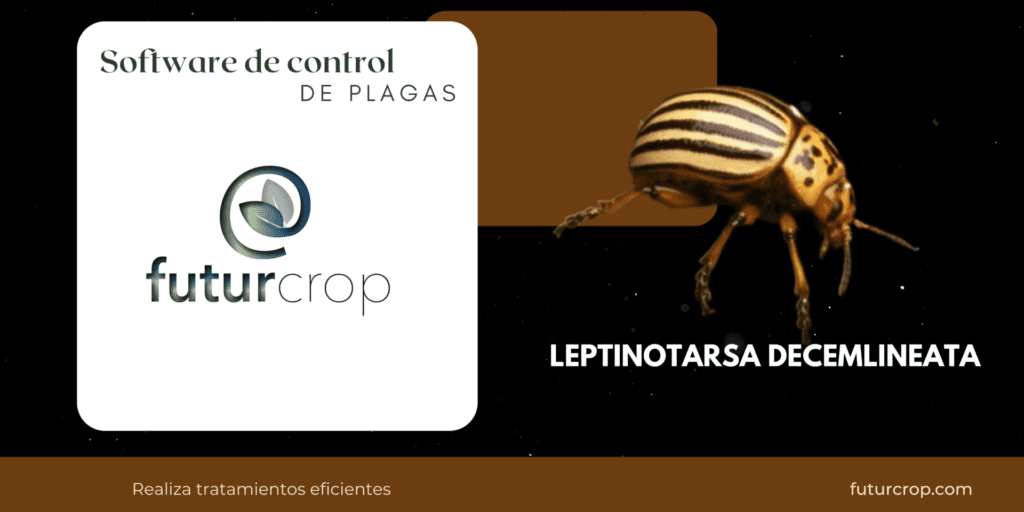Evidence of Climate Change
There are several studies on the changes observed in the climate system: the atmosphere and the ocean have warmed, the volumes of snow and ice have decreased, the sea level has risen. There are more and more problems of pest reinfestation in agriculture, they reproduce more quickly and remain for longer. It is another evidence: phenology as a bioindicator of Climate Change. Climate Change affects the reproductive cycle of pests and therefore their control.
In ancient times the different agricultural tasks were sequenced according to the order of the seasons and months. These agricultural calendars are called medieval mensaries. Even then they knew that agricultural cycles necessarily have to adapt to the climatic conditions of nature. And they used to be represented graphically by calendars, because the cycles had a duration that was maintained over the years.



There is now more documentation on the relationship between environmental factors and the biological cycle of plants and insects. As centuries ago, following that ancient mentality that related seasons with agricultural work, when talking about the cycles of biological development of plants or pests, the number of days elapsed between events is usually indicated. But climate change manifests itself differently in different geographical areas, and therefore the responses of different populations of the same species will also be unequal in different locations.


The model of calendar dates for agriculture is no longer valid. Several studies show that certain climatological changes are taking place that alter or render invalid the determination of biological cycles in terms of days.
Phenology as a bioindicator of Climate Change
Phenology, which studies the repercussions of climate on the cycles of living beings (such as the flowering or migration of birds) is a good bioindicator of the climatic changes that are taking place.
Climate Change and Pest Control
- In mid- and high-latitudes of the Northern Hemisphere, spring is earlier and autumn is later. And, consequently, there is an elongation of the moment of growth of the plants of up to 2 weeks.
- Several studies show a general tendency to advance the spring and summer phenological phases in Europe, an advance between 1-3 days / decade. The variability manifests itself more in the spring stages than in the summer stages. For example, an advance of flowering in early species between -3.2 to -46 days has been documented. Although the range for late flowering is 3.1 to 10.4 days. This shows that phases that occur at the beginning of the year may be more influenced by climate change than late ones.
- Regarding forest species, the data recorded by the network of European phenological stations integrated in the International Phenological Gardens (IPG) during the period 1959-1993, reveal that the exit of the leaves has been advanced on average 6 days (-0.20 days / year); while autumnal phenological events, such as leaf colour change, have been delayed on average by 4.8 days (+0.16 days/year).
Evidence in crops
The consequences of climate change are very diverse for crops. They have influenced, for example, to increase the Huglin heliothermal index in the last 15 years (index based on the insolation and temperature of an area to determine its suitability for vine cultivation) in all wine-producing areas of France. Thus favoring the production of wine, and that it is of higher quality, in those areas.
In fact, the vine is very sensitive to climatic conditions and reflects that agricultural tasks are varying their traditional moments. An advance of up to 3 or 4 weeks in the harvest date has been observed in the last 50 years. And the consequences of warming are already detectable in a gradual increase in the alcohol index of wine, with an average rise of 13.3 points on the scale of 100, for every 1ºC increase in temperature during the growing season.
Climate Change and the control of agricultural and forestry pests
Regarding insects and agricultural and forestry pests, a phenomenon similar to that which is occurring in plant species is happening. When a region warms between optimal temperature ranges for its development and in prolonged periods, certain species of pests are favored: some, which significantly increase their populations, and others, which manage to expand their presence, colonizing new areas. In fact, climate change is altering the conditions of pest development. New pests appear where previously they did not have the natural conditions of development, pests develop more quickly because their biological cycles are shorter, and the number of cycles and therefore generations increases.
Screenshots of FuturCrop. Automated monitoring and control. Forecast calculations.


Most pests have fluctuations in their density, depending on the seasons. But these fluctuations, which may be similar in successive years, increasingly show more variations from one year to another. The increase and decrease in densities associated with the seasons are mainly determined by climatological factors and by the phenology of the host plants, which as we have already seen is changing significantly. With this new factor of uncertainty, and increased likelihood of crop damage, pests are becoming a serious economic problem.
The future trend in agriculture, in forestry, and in the management of parks and gardens (particularly in trees and plants whose conservation is considered of interest), calls for greater control of crops and pests. Nowadays it is already essential to introduce new technologies in these sectors, which allow a greater degree of information on the development of crops and pests depending on changes in climatic and environmental conditions.
More information
Pest and weather models, College or Agricultural Sciences. Oregon State University
USA National Phenology Network Aids Management of Pest Insects With Life-Stage Forecast Maps,
Using Degree-Days and Plant Phenology to predict pest Activity, Daniel A. Herms, The Ohio State University

plant pests. FAO
Related Posts
